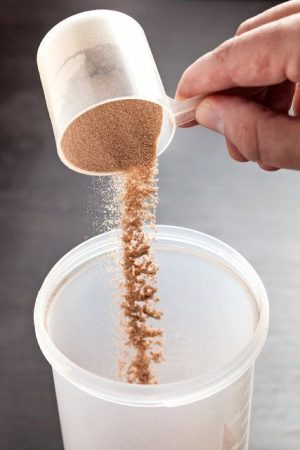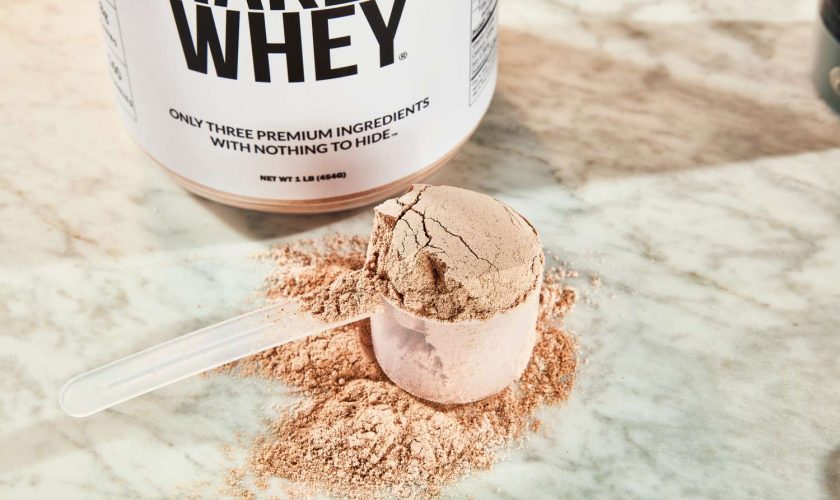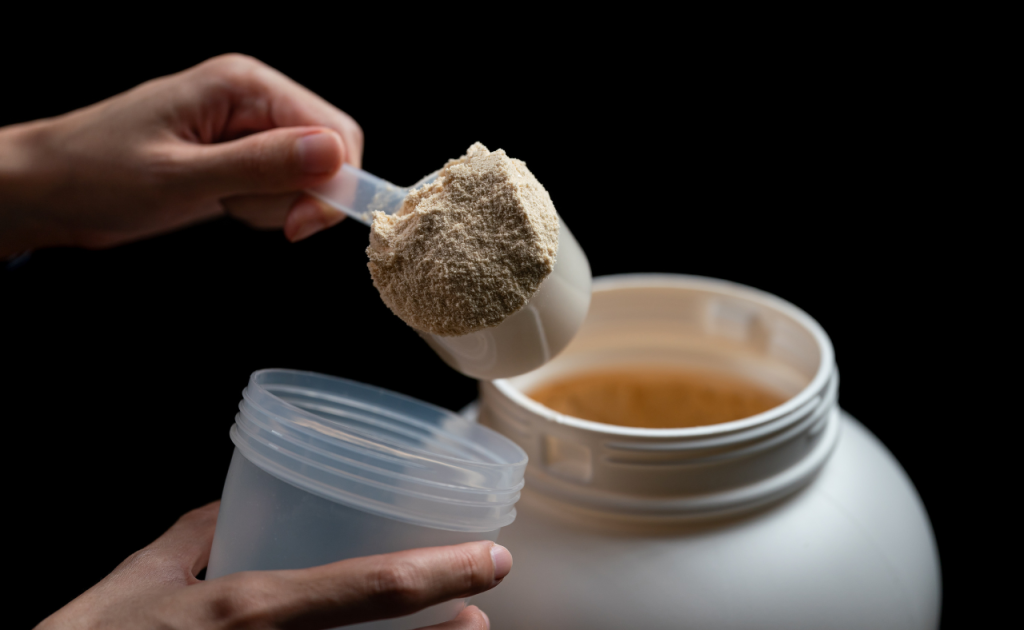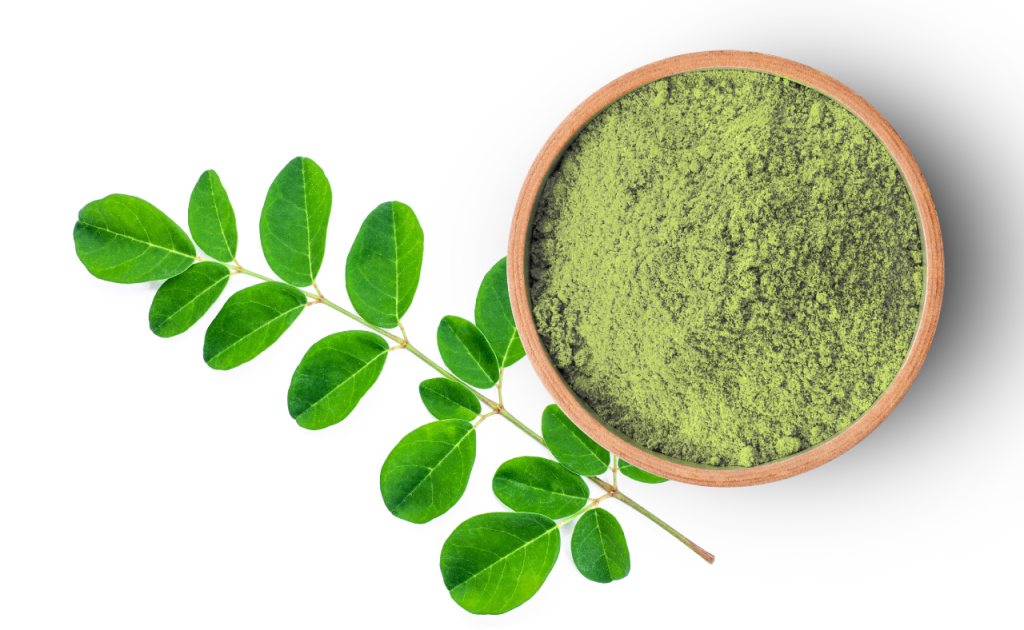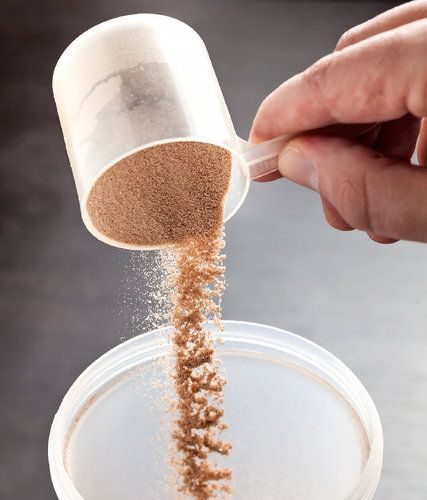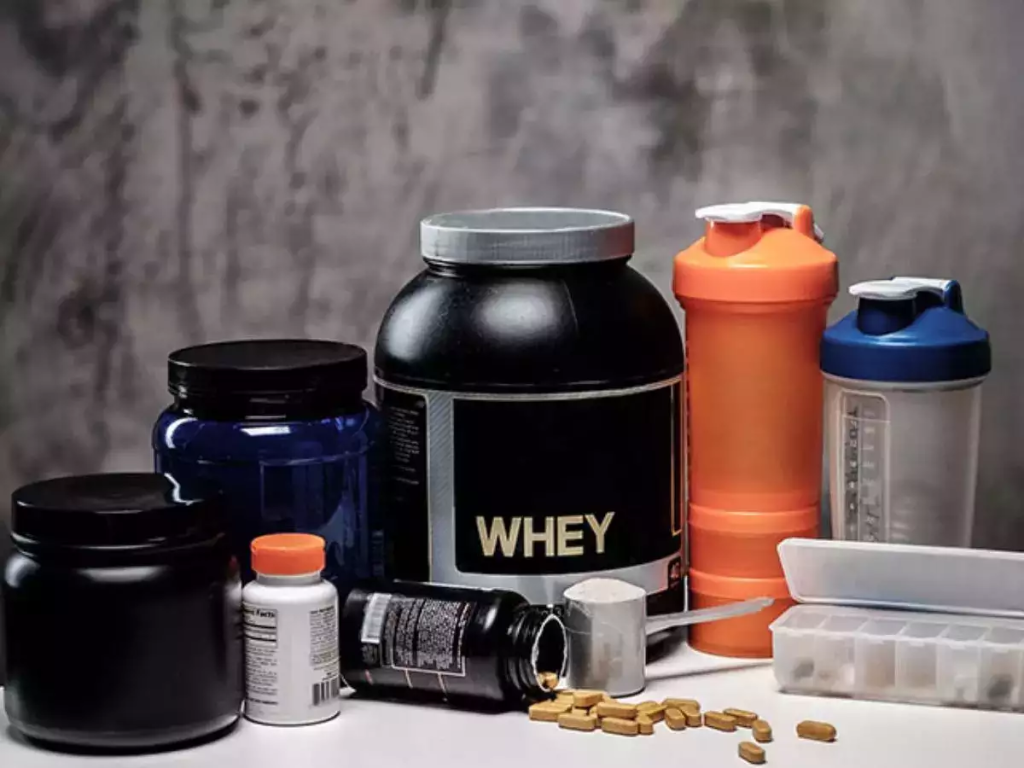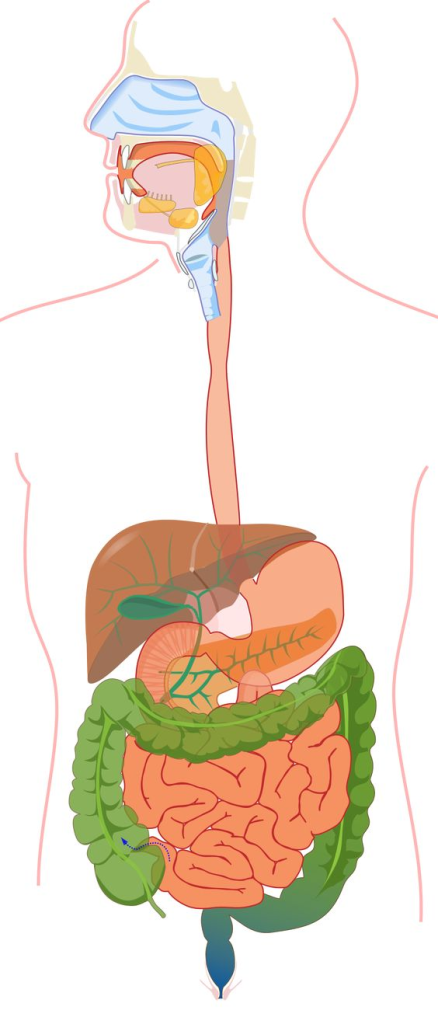When it comes to working out, whether you’re all about those epic 3-hour gym marathons or prefer squeezing in a quick 15-minute session every day, there’s always a lot to discuss. These two approaches have their die-hard fans, each swearing by their method for staying fit and healthy.
The 3-hour workouts are like the hardcore option—serious dedication, tons of muscle-pumping action, and a real focus on perfecting your moves. On the flip side, those 15-minute daily routines are all about efficiency and consistency.
They pack a punch with stuff like HIIT to get your heart racing and metabolism fired up. Both have their perks and challenges, so it’s all about finding what clicks best with your lifestyle and fitness goals. Let’s dive in and figure out which workout style might be your perfect match.
Delving into the 3-Hour Workout
What It Looks Like
A 3-hour workout is like the marathon of fitness routines. It usually involves hitting the gym hard with a mix of weightlifting, cardio, and maybe even some stretching thrown in.
Pros
- Total Immersion: You really get into the groove and work those muscles hard.
- Focused Attention: With all that time, you can really fine-tune your form and technique.
Cons
- Time Hog: Let’s face it, three hours is a serious chunk out of your day.
- Burnout Risk: It’s easy to overdo it and burn out if you’re not careful about rest and recovery.
Long-Term Benefits of Extended Workouts
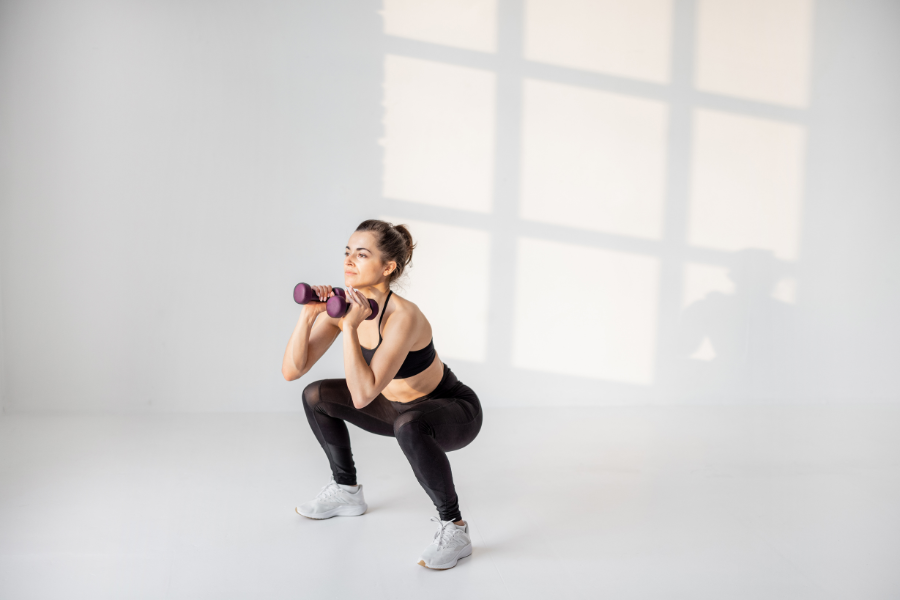
Muscle Building and Strength
- Muscle Power: Spending hours in the gym can lead to serious gains in muscle size and strength.
- Endurance Boost: You’ll definitely notice an improvement in your stamina over time.
Psychological Boost
- Feeling Like a Champ: Completing those long sessions can give you a real sense of accomplishment.
- Stress Relief: Working out for a long time can be a great way to blow off steam.
The Case for 15-Minute Daily Workouts
What It Entails
A short daily workout is all about efficiency. It usually involves quick bursts of exercise, like high-intensity interval training (HIIT), that get your heart pumping fast.
Pros
- Time Saver: It’s easy to fit a 15-minute session into even the busiest schedule.
- Metabolic Magic: HIIT workouts can rev up your metabolism and keep burning calories long after you’re done.
Cons
- Intensity Check: You’ve gotta make those 15 minutes count without overdoing it.
- Targeting Muscles: It might be tougher to hit all your muscle groups in such a short time.
The Science Behind Daily Short Workouts
Metabolic Kick
- Afterburn Effect: HIIT workouts are like the gift that keeps on giving, burning calories even after you’ve hit the shower.
- Heart Health: Regular short workouts can do wonders for your ticker.
Mental and Behavioral Benefits
- Consistency Wins: Getting into a daily workout groove is key to staying on track.
- Mood Boost: Exercise releases those feel-good endorphins, making you happier all day long.
Choosing Your Fitness Path

Personal Goals and Lifestyle
- Goals Galore: Are you aiming for muscle gains, weight loss, or just overall fitness?
- Time Crunch: How much time can you realistically dedicate to working out each day?
Personal Preferences
- Fun Factor: Do you love the grind of a long gym session or the quick hit of a daily workout?
- Health Matters: Always check with a doc to find the right workout for your body.
Final Thoughts
When it comes down to it, whether you’re sweating it out for hours or squeezing in quick workouts, the most important thing is finding what works for you. Maybe you love the challenge of those epic gym days, or perhaps you thrive on the daily routine of short, intense workouts. Whatever your style, consistency is key to reaching your fitness goals and feeling your best. So lace up those sneakers, hit the gym (or your living room), and find your perfect workout rhythm. Your body—and your mind—will thank you for it!
In the battle between marathon workouts over several years and short daily bursts of exercise, both approaches offer distinct advantages and cater to different lifestyles and fitness goals. The key lies in finding a sustainable routine that not only challenges the body but also fits seamlessly into your daily life. Whether you prefer the endurance test of a 3-hour gym session or the daily commitment of a 15-minute workout, consistency and enjoyment remain paramount in achieving long-term fitness success.
Remember, the best workout regimen is one that you can stick to and that promotes overall health and well-being. So, lace up those sneakers or hit the gym, and start moving towards your fitness goals today!





